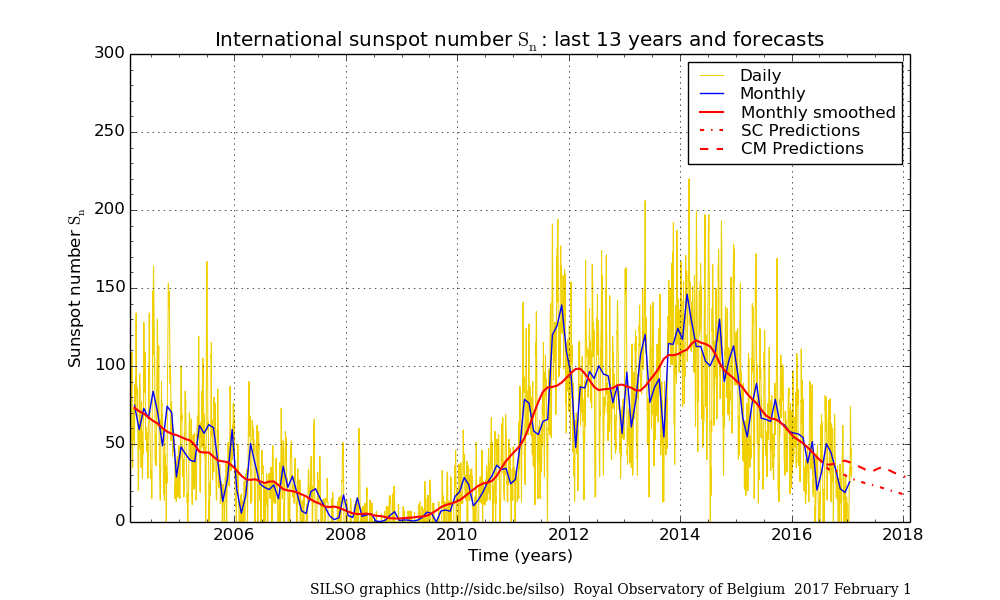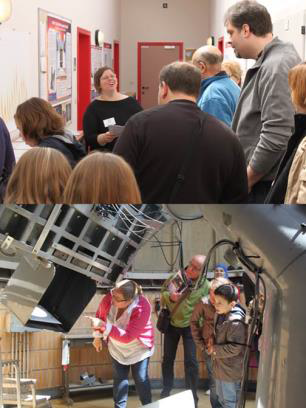
The STCE's SC25 Tracking page has been updated to reflect the latest evolution of some critical space weather parameters for the ongoing solar cycle 25 (SC25).
view

The impact of the severe geomagnetic storm of 10-11 October was felt in various domains.
view

NL - FR - EN
The magnetic situation returned to normal with values between 1 and 3 on a scale between 0 and 9.
view

NL - FR - EN
Radio communication over long distances is disturbed due to the ongoing geomagnetic storm. The STCE has issued a warning.
view

NL - FR - EN
Magnetic storm of magnitude 8- on the planetary level. Over Belgium, the storm has a strength of 7.
view
 The STCE does Fundamental Research.
The STCE does Fundamental Research.
 The STCE does public outreach during the STCE Annual Meeting and the Open Doors of the Space Pole in Uccle.
The STCE does public outreach during the STCE Annual Meeting and the Open Doors of the Space Pole in Uccle.
One of the highlights of the Open Doors is always a visit to the Solar Dome. A small introductory presentation is first given in the corridor of the SIDC. Skilled observers and space weather forecasters explain in laymen terminology what sunspots are, how they are observed, why these observations are so important, and how solar eruptions affect us and our technology. Then, the small groups of 10-15 people are guided stairs towards the top of the solar dome. There, the various solar telescopes are shown and their specific applications are discussed. Weather permitting, the visitors can also make solar observations using a projected solar image from the white light solar telescope. During and after the visit, there is plenty of opportunity to ask questions to the guides.
Zircon - This is a contributing Drupal Theme
Design by
WeebPal.
 The STCE does Fundamental Research.
The STCE does Fundamental Research.








 The STCE does public outreach during the STCE Annual Meeting and the Open Doors of the Space Pole in Uccle.
The STCE does public outreach during the STCE Annual Meeting and the Open Doors of the Space Pole in Uccle.



